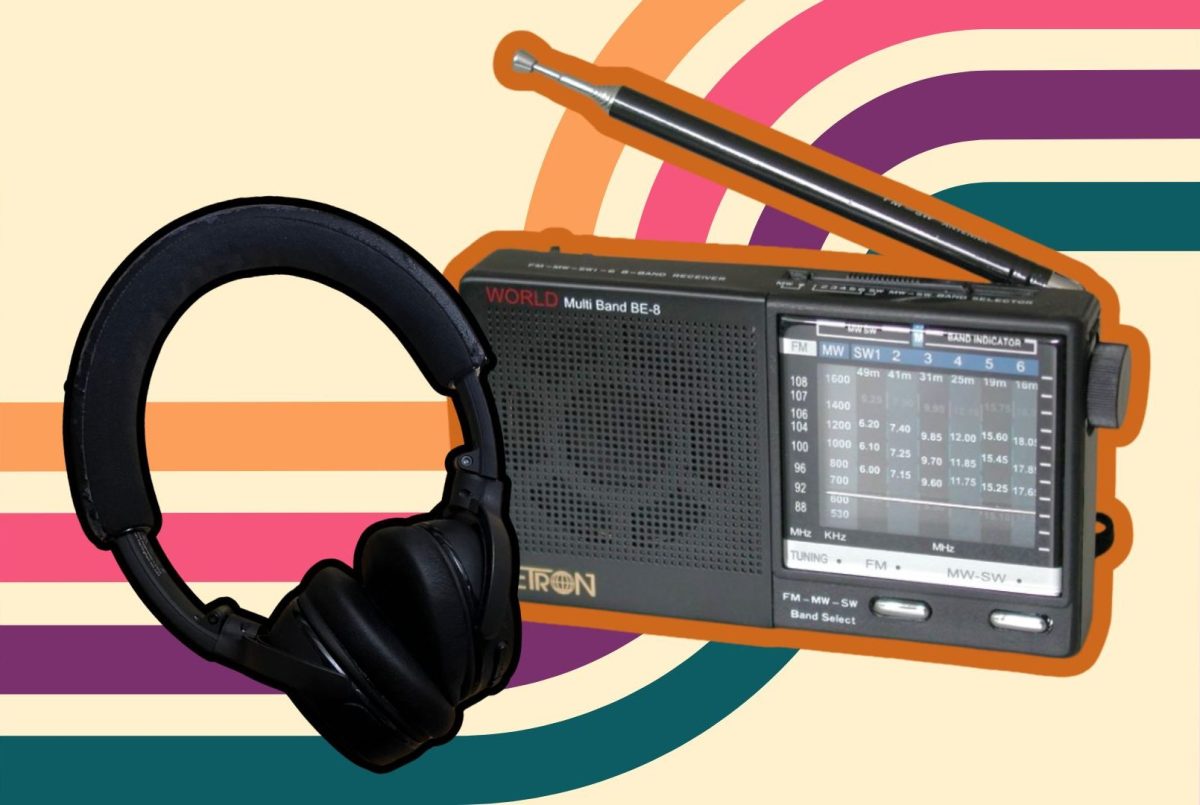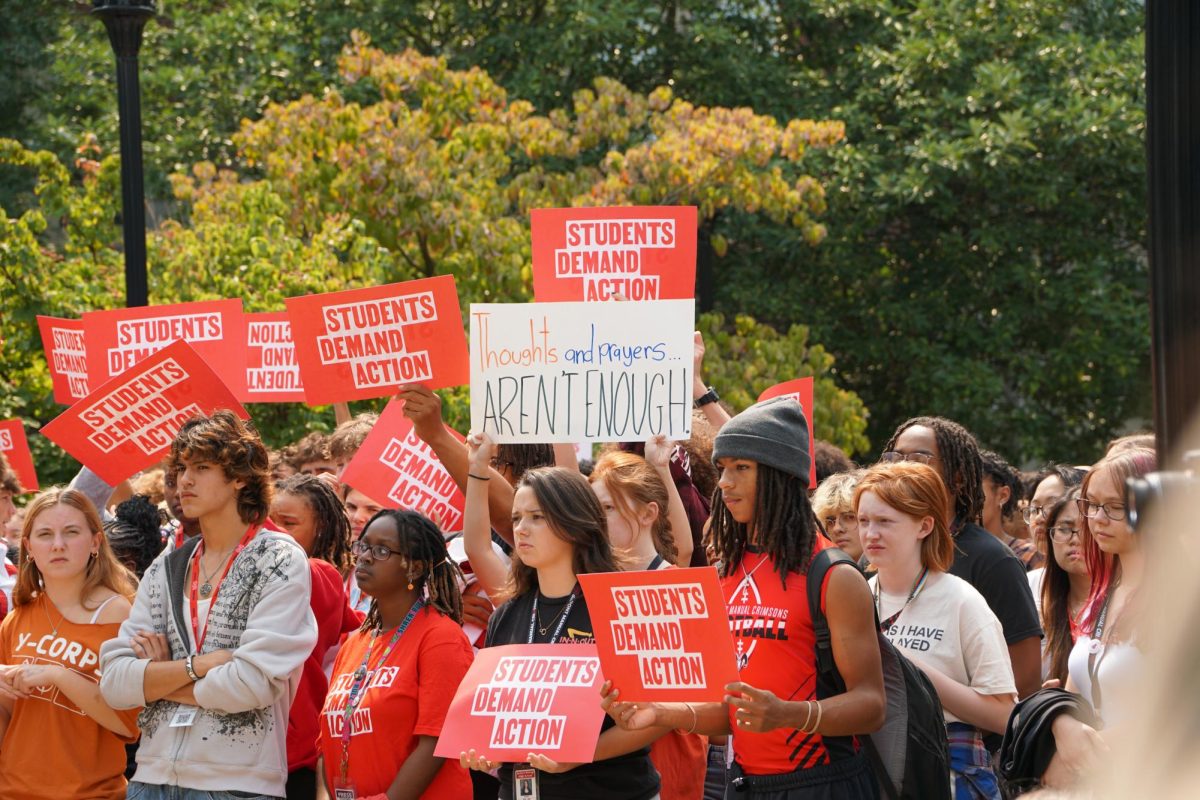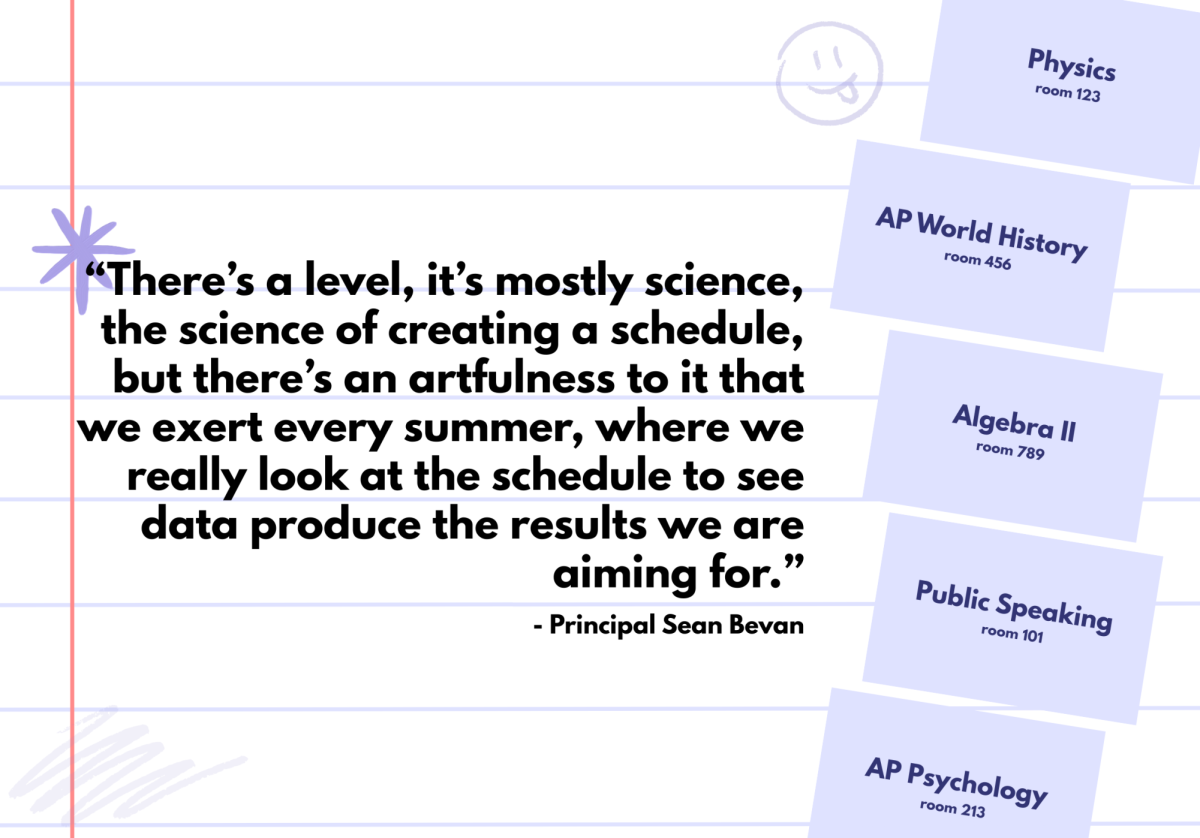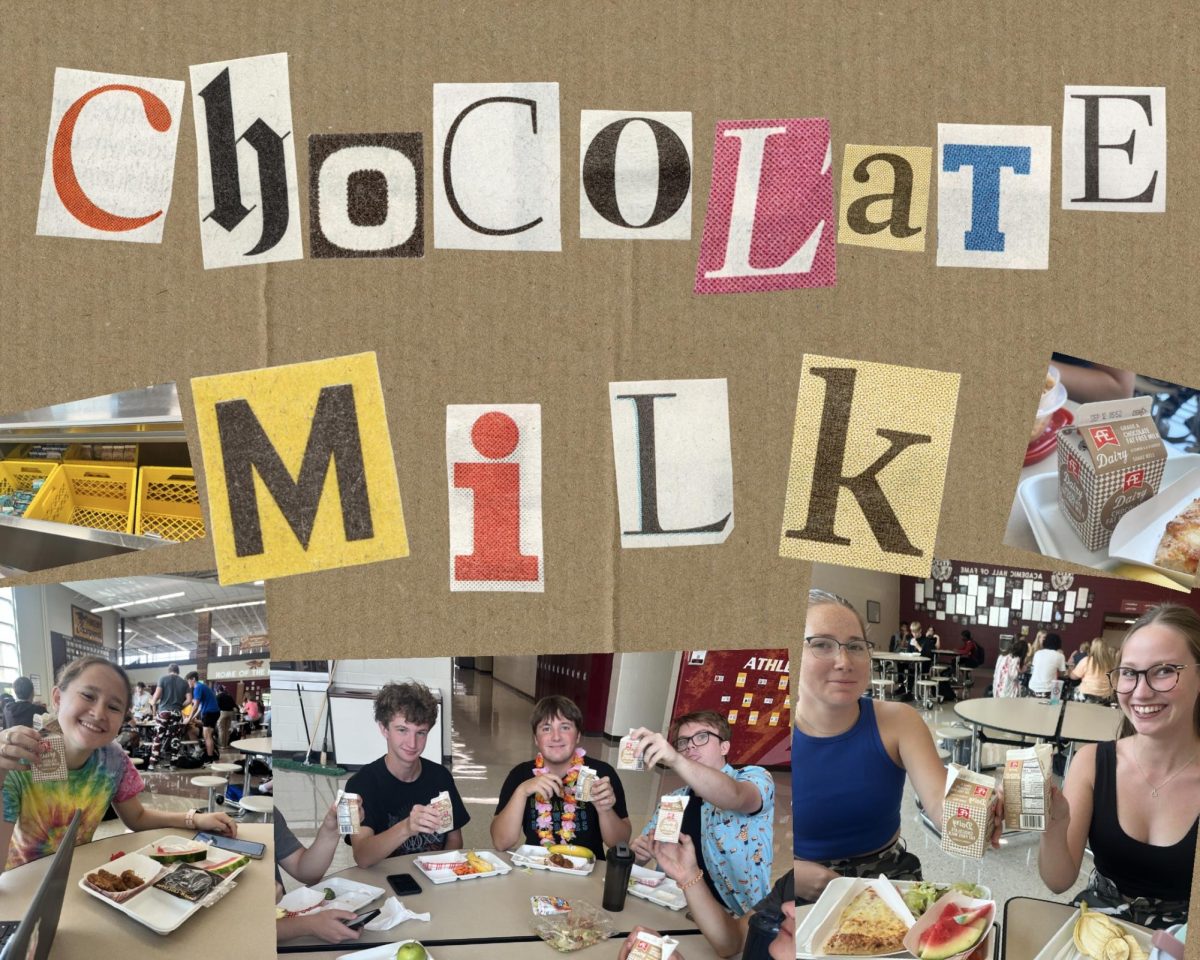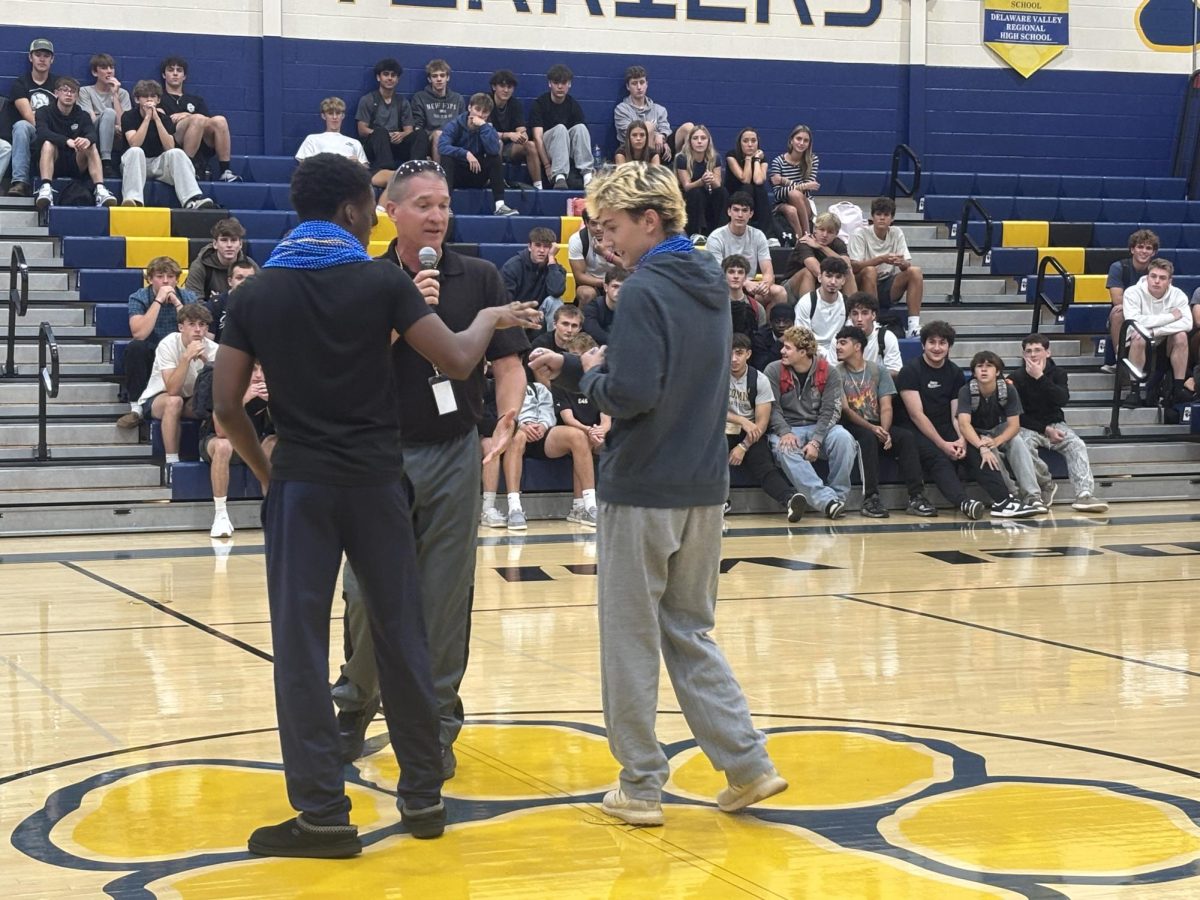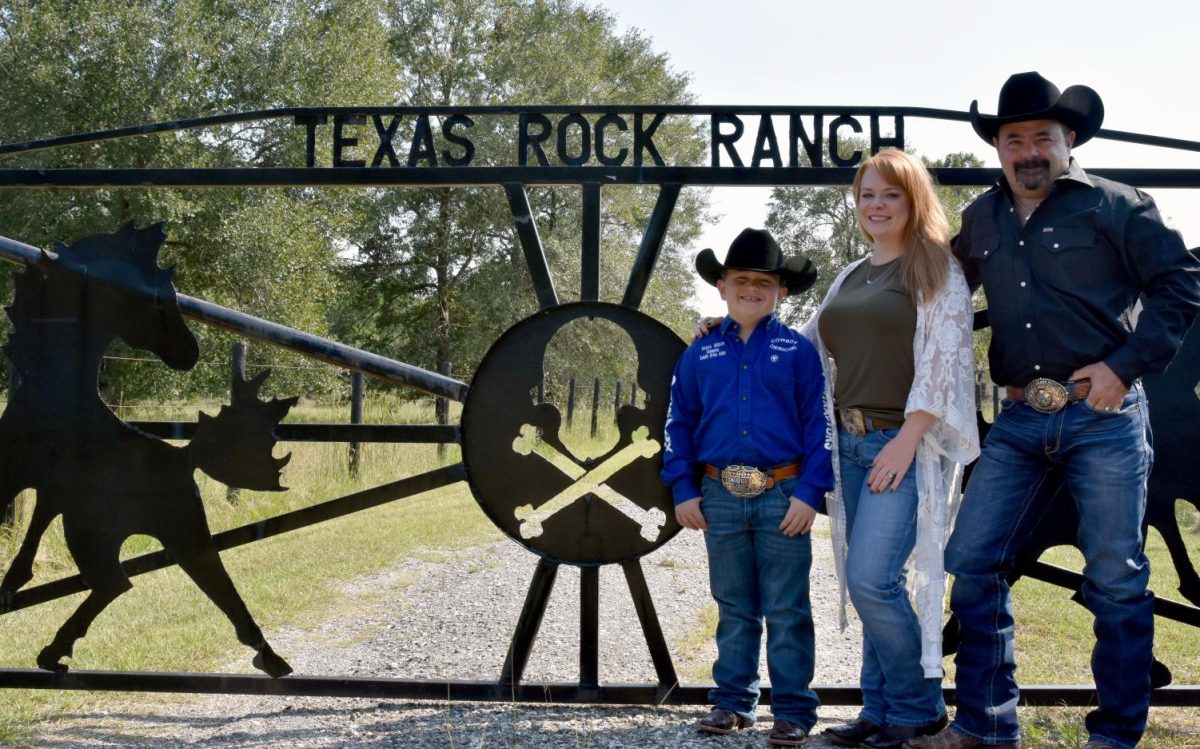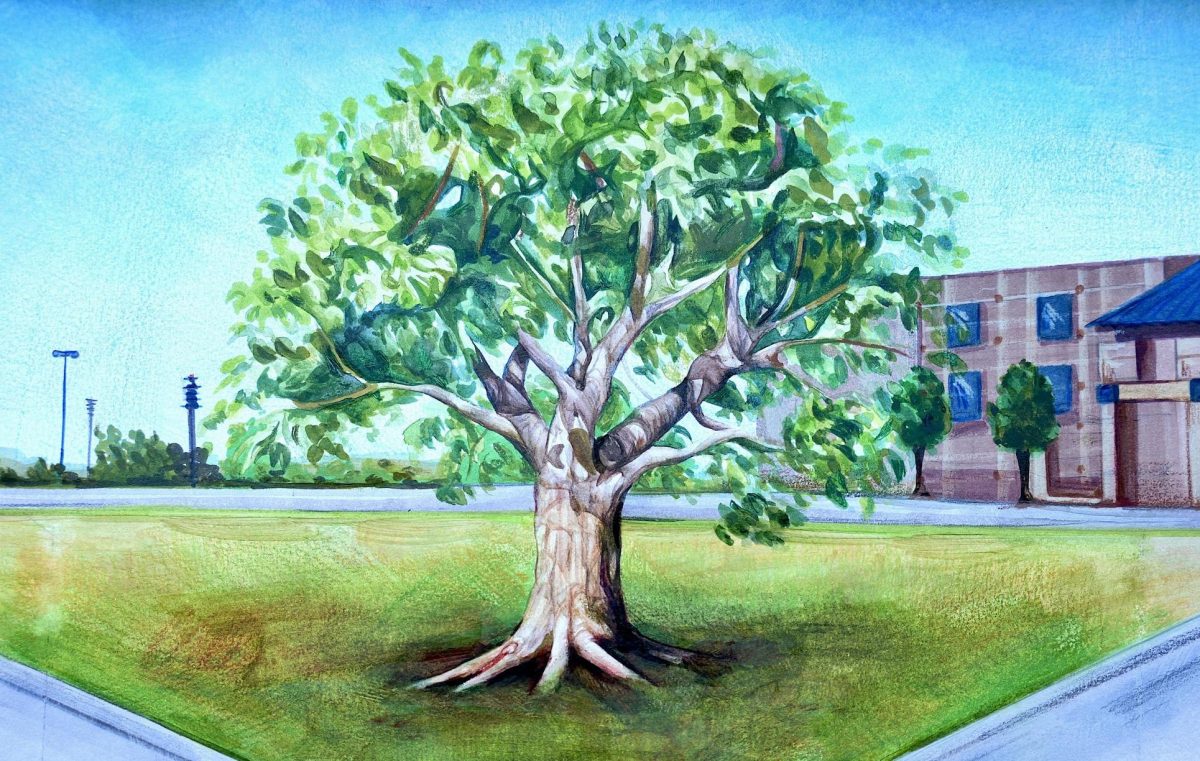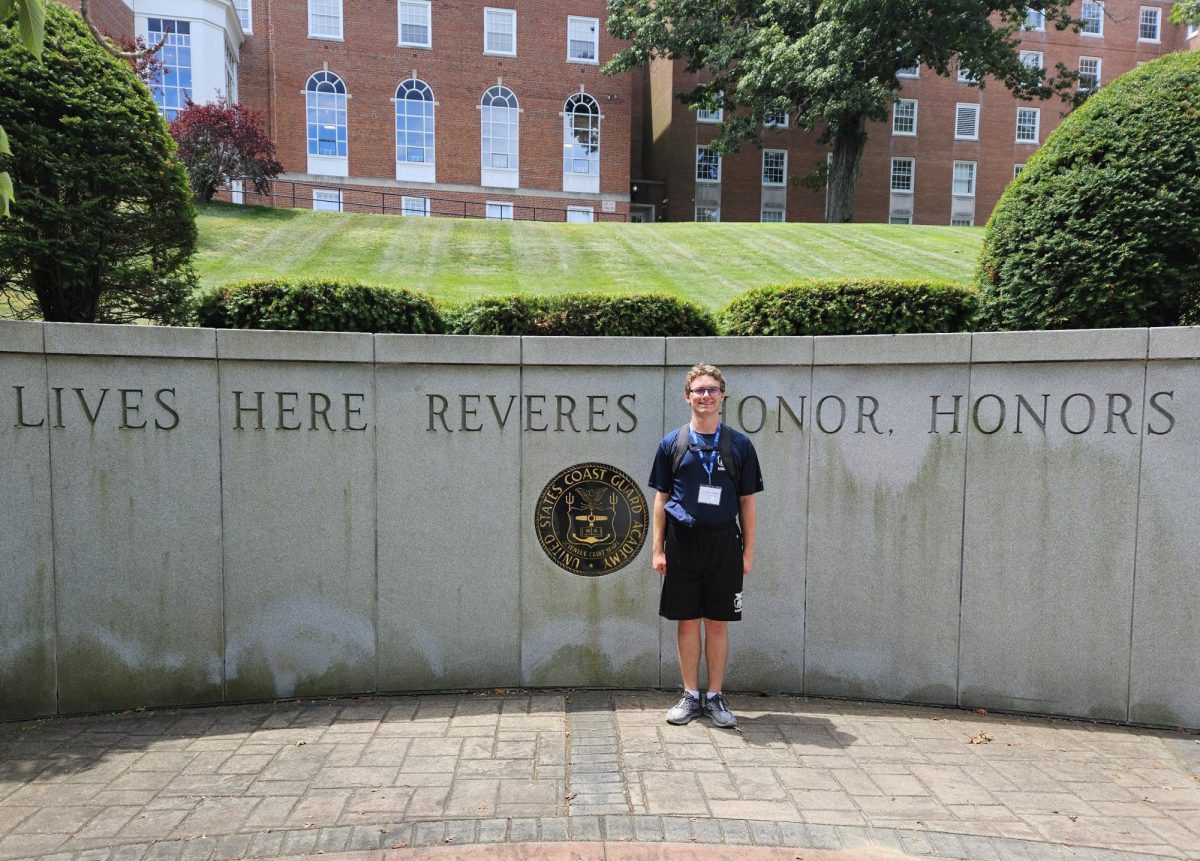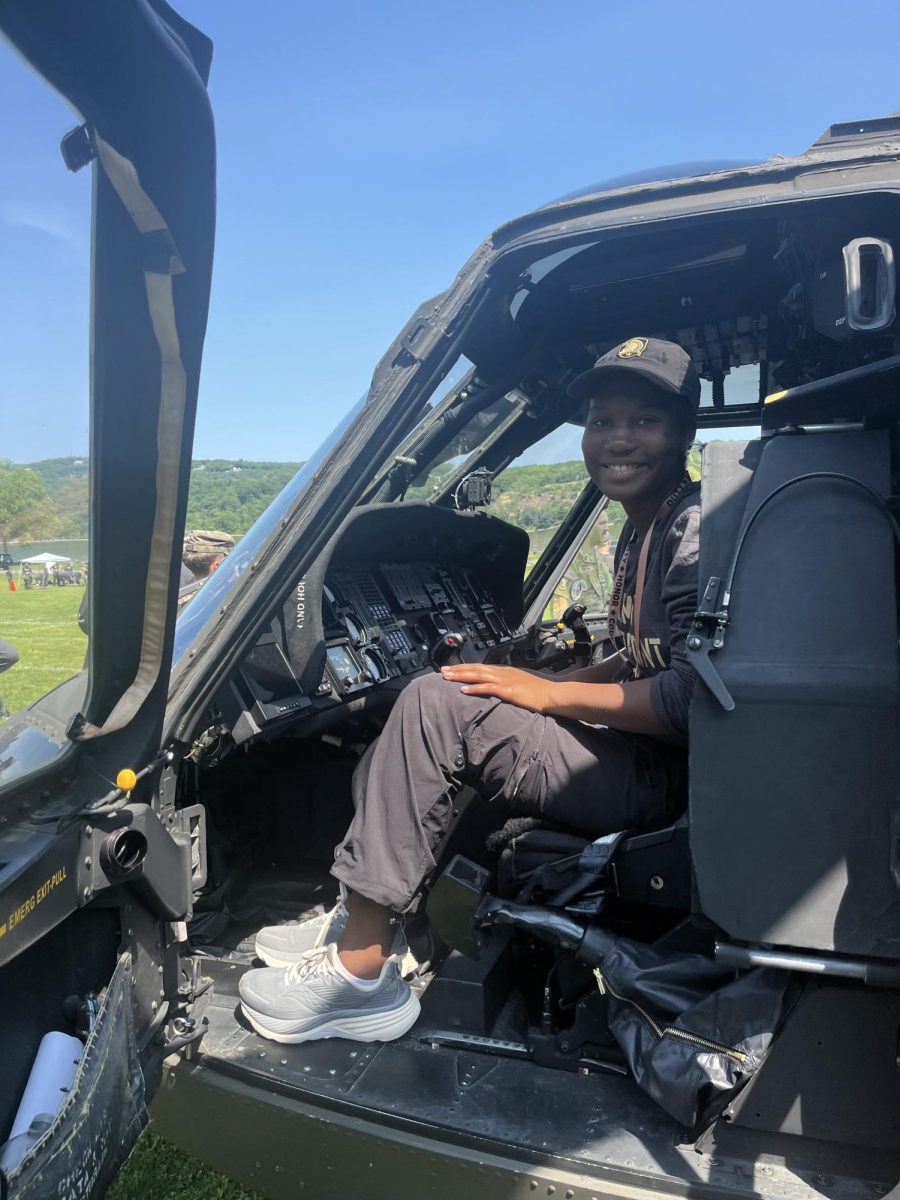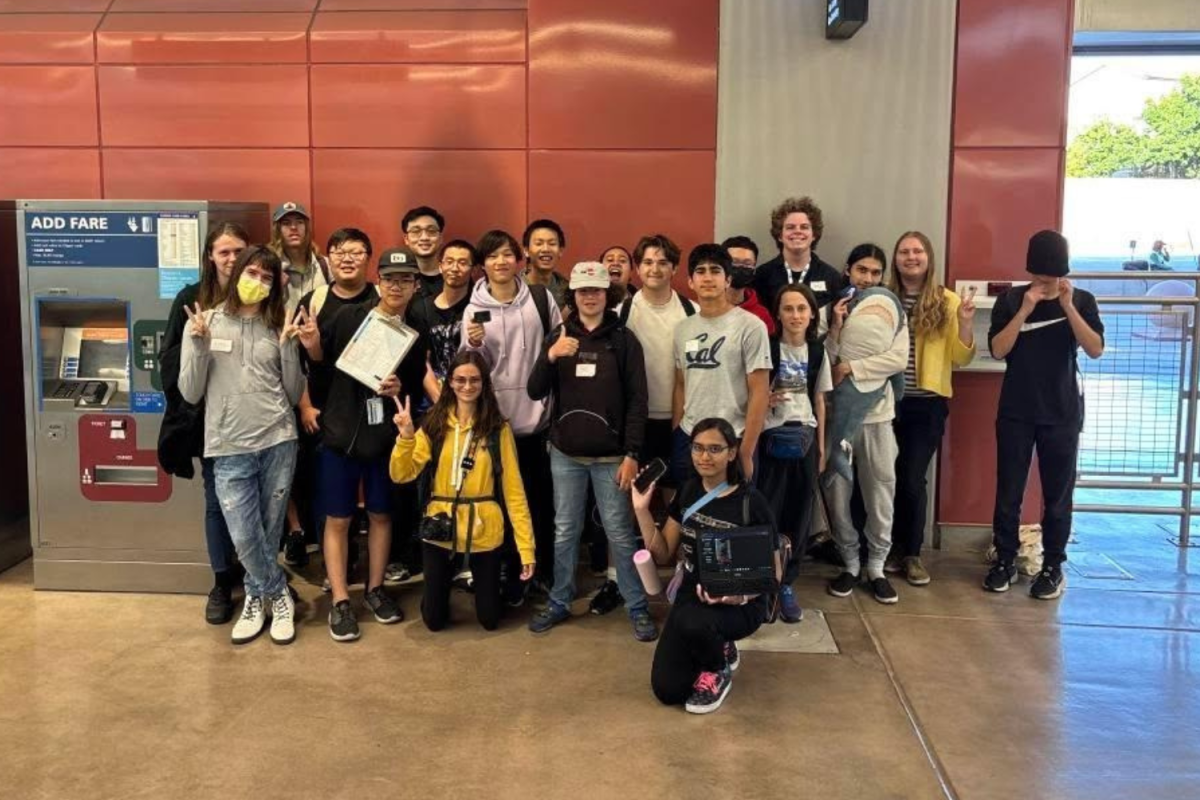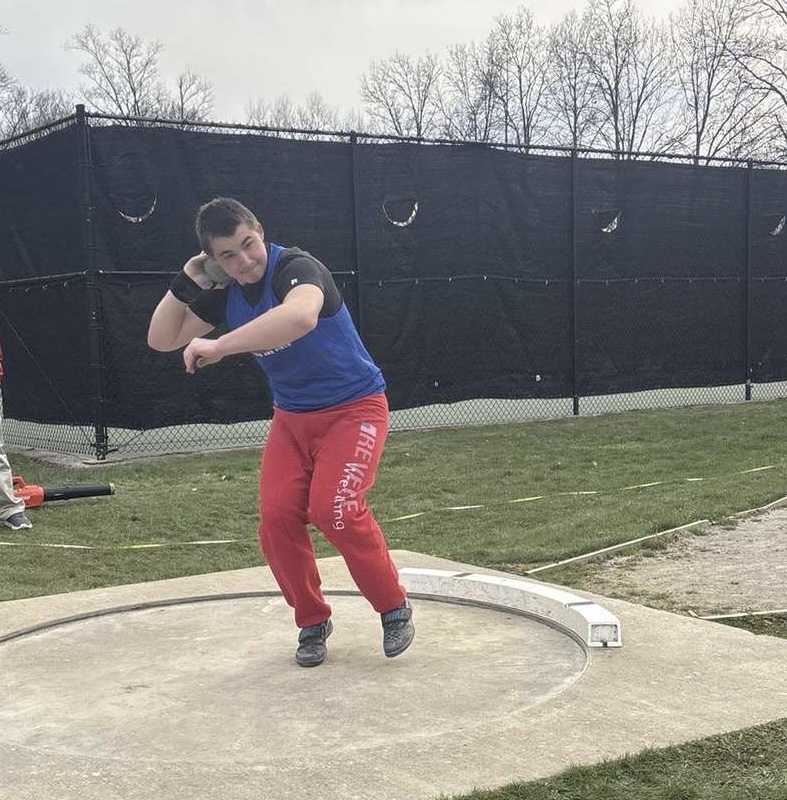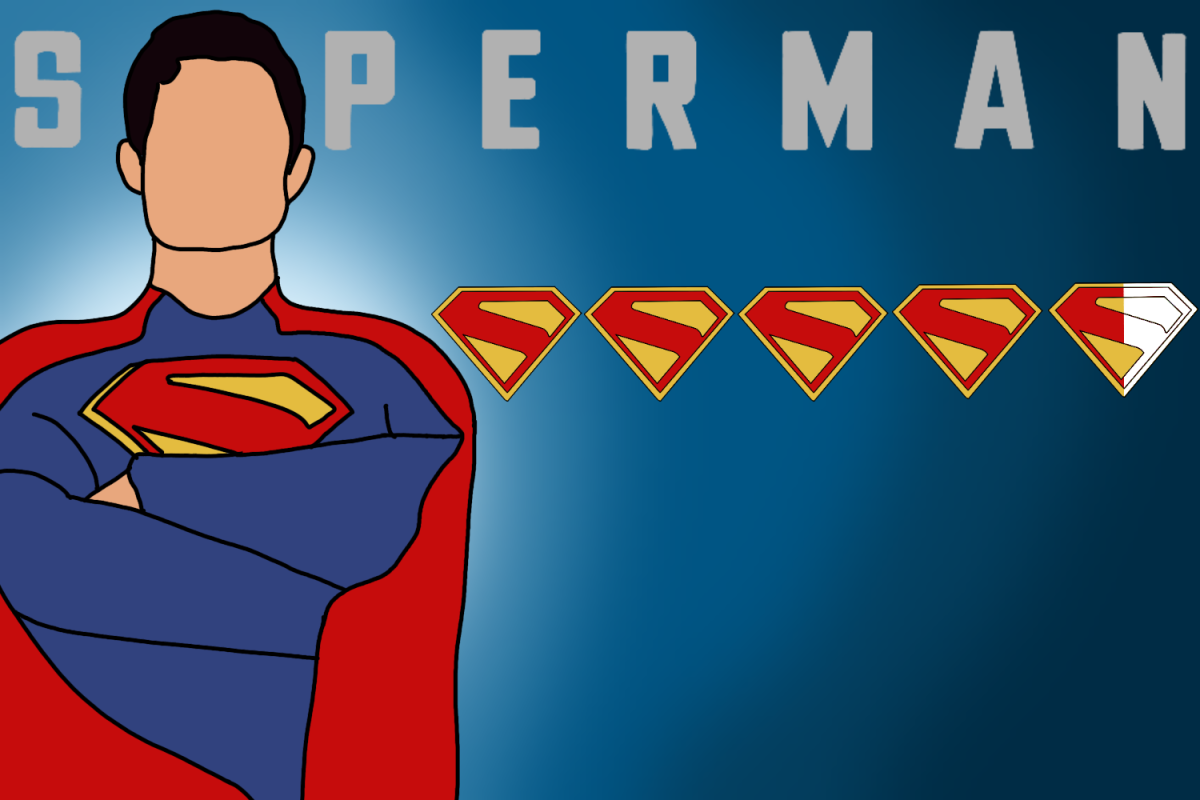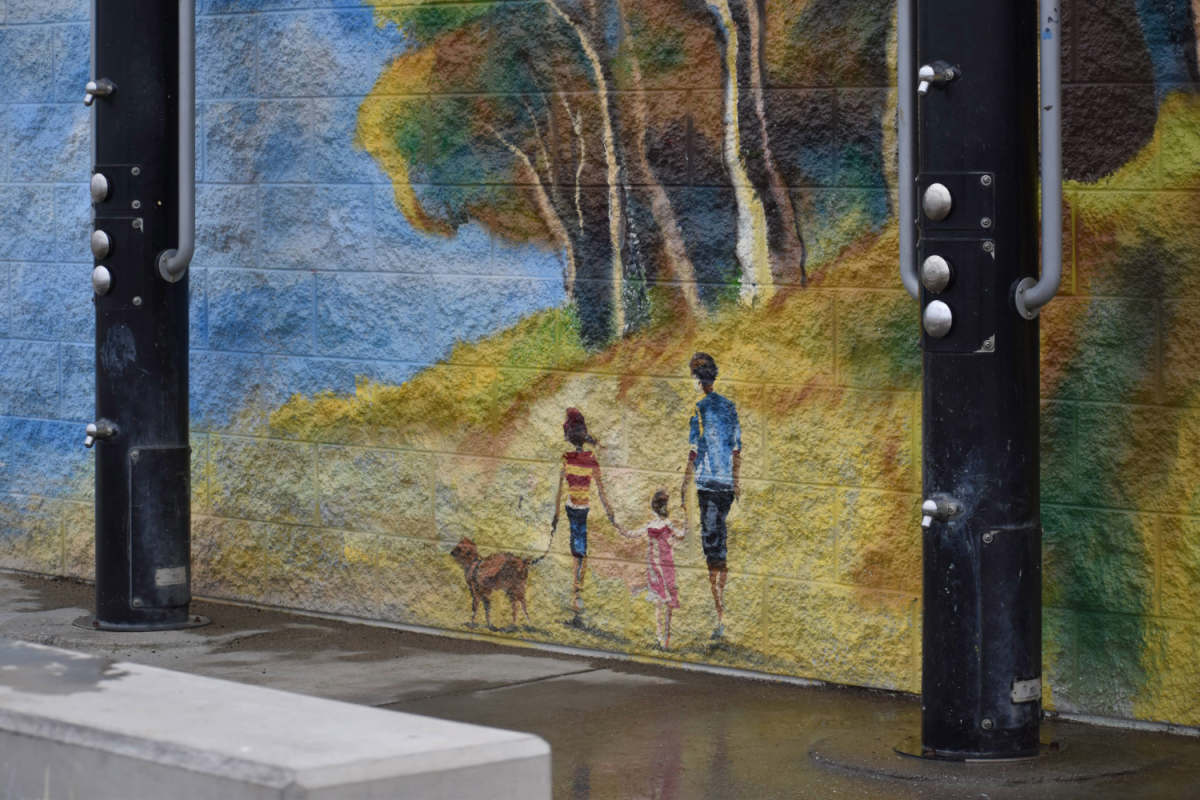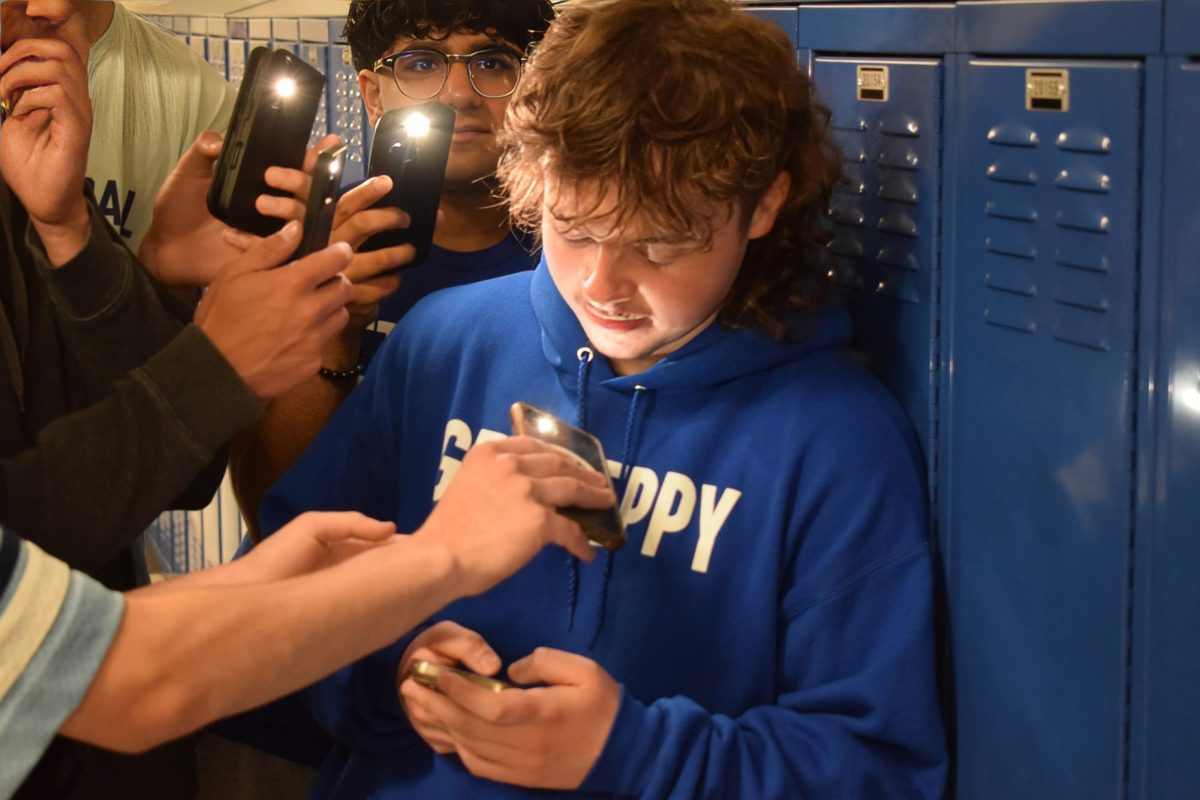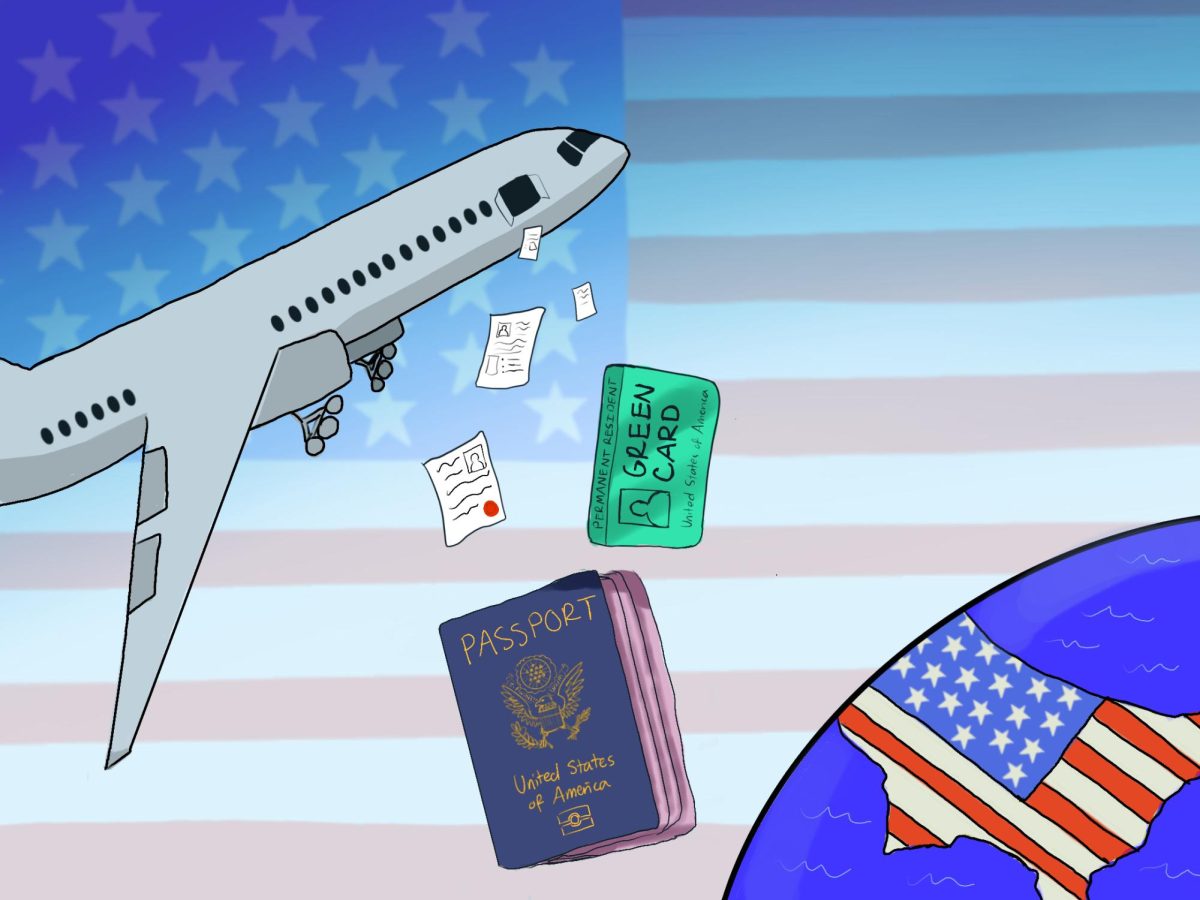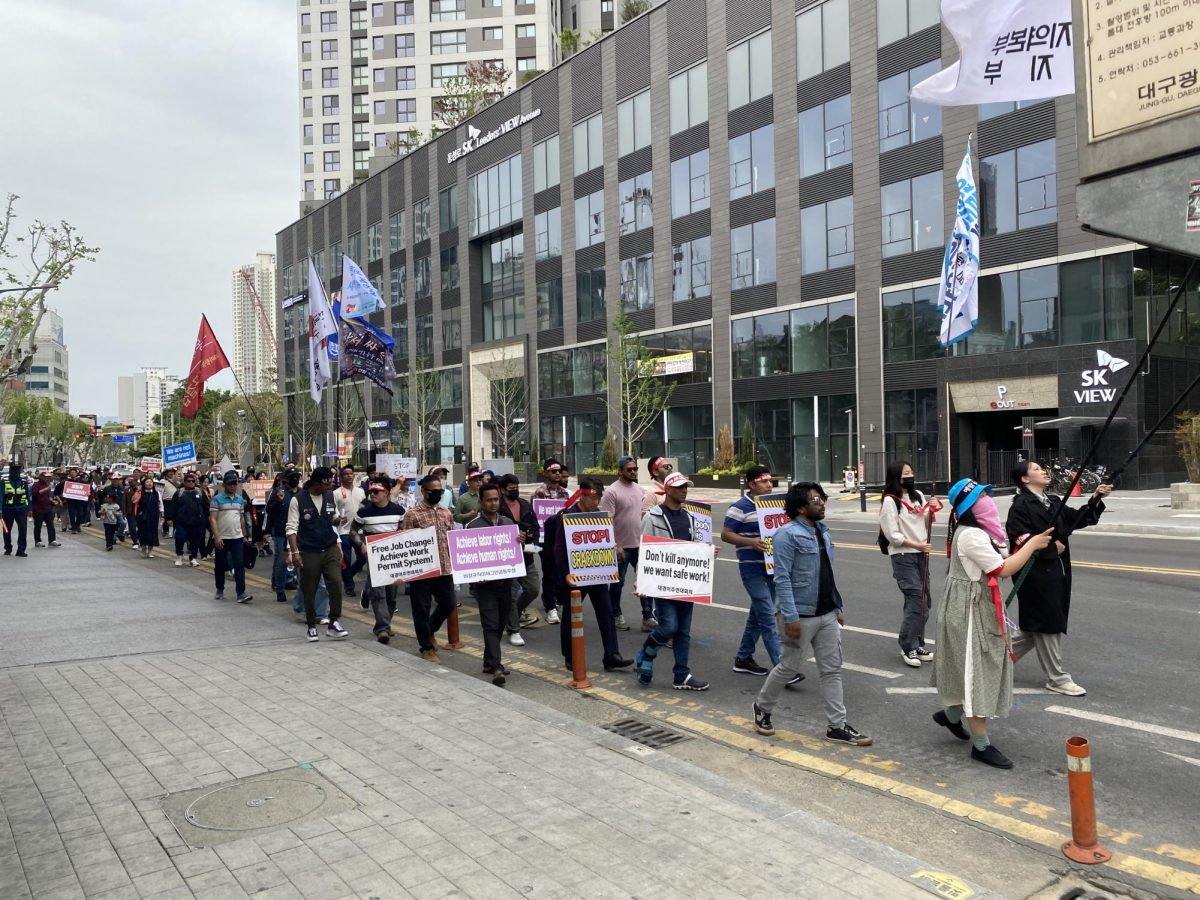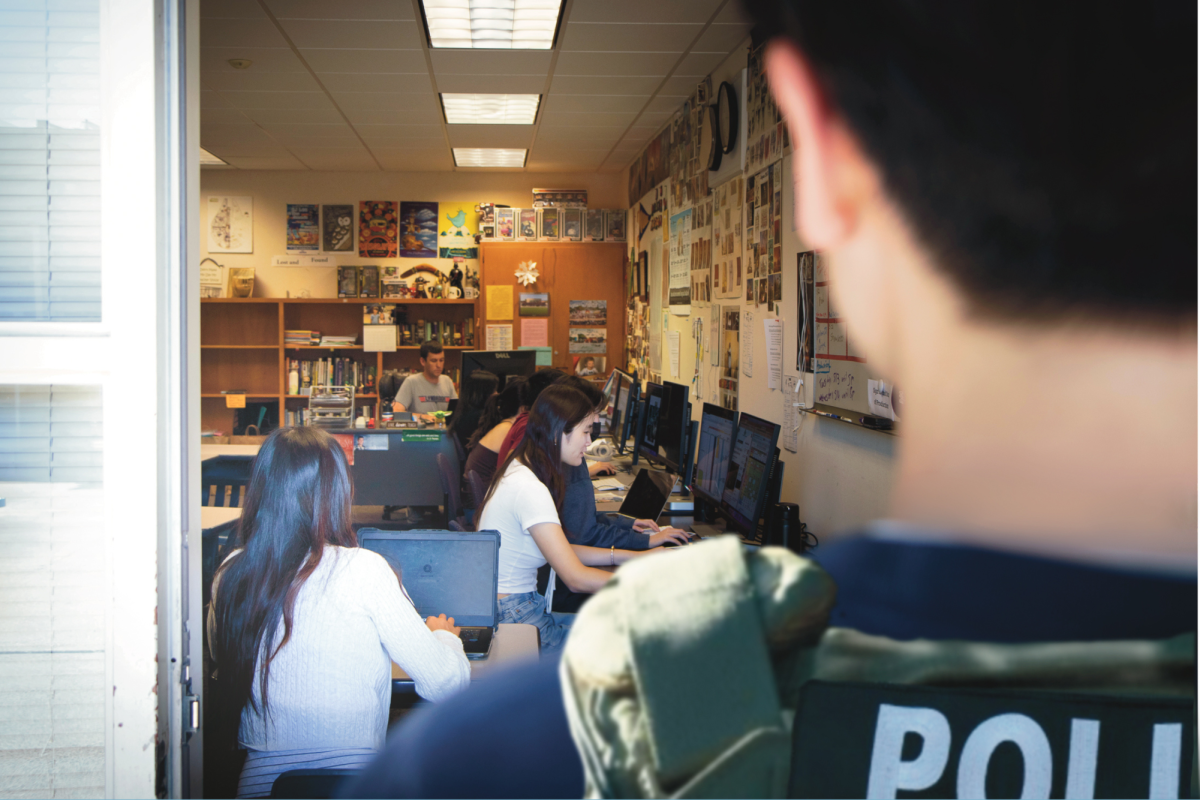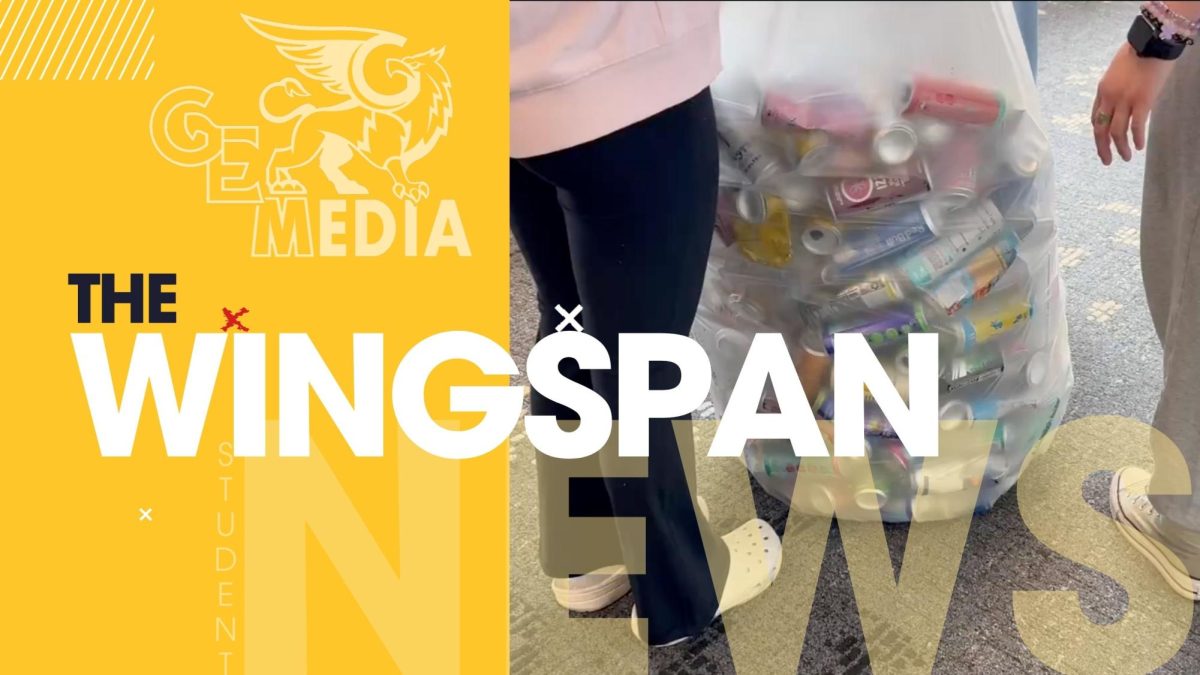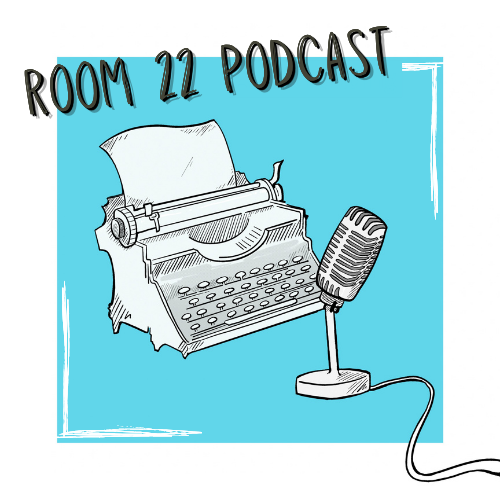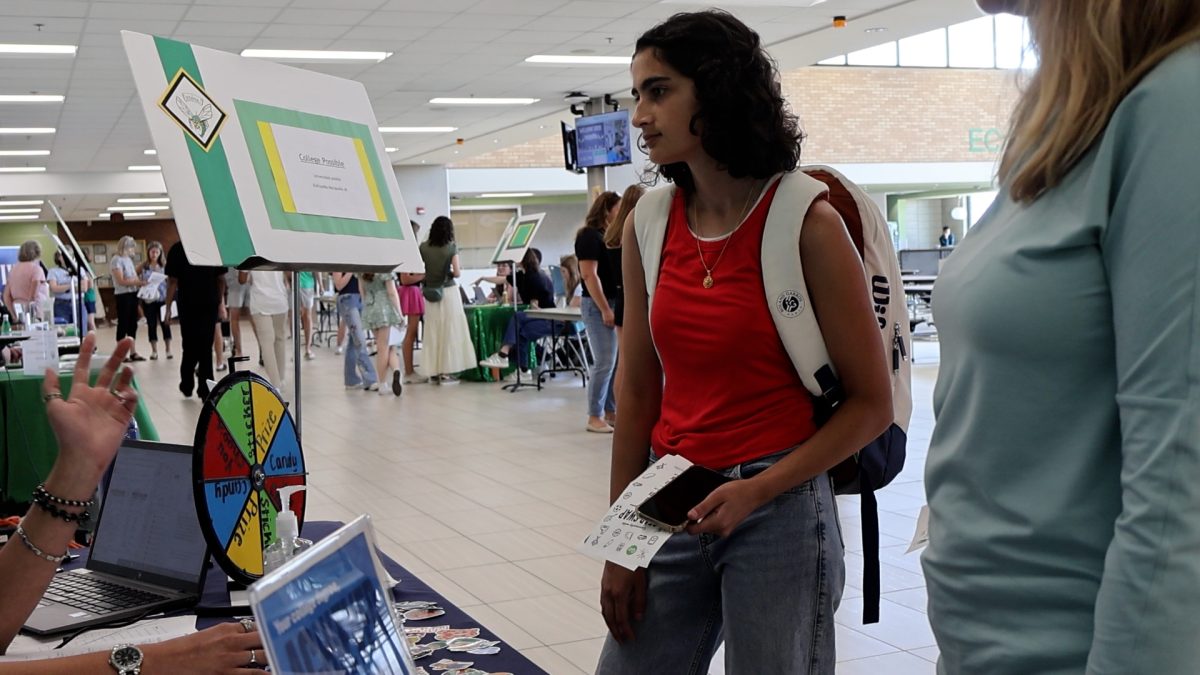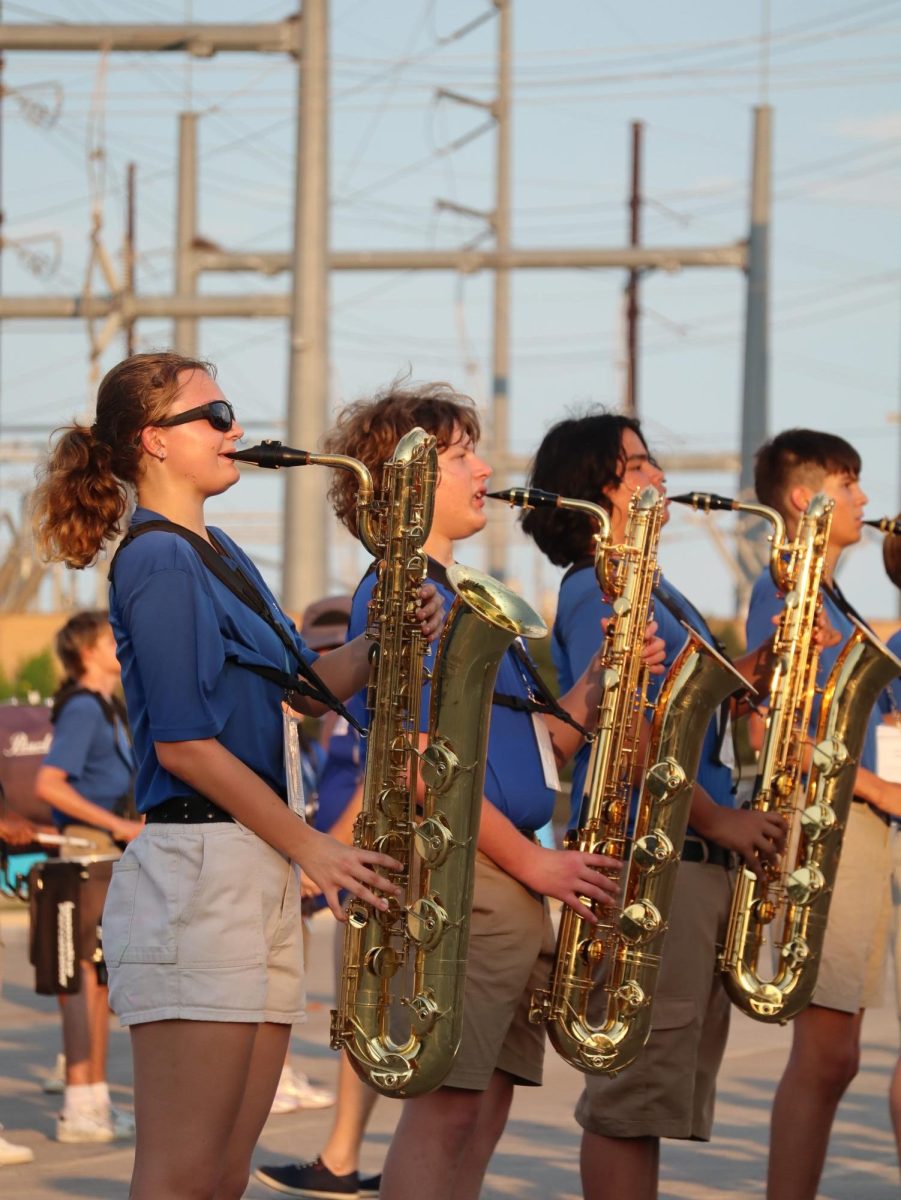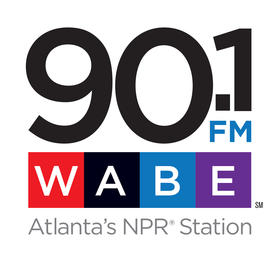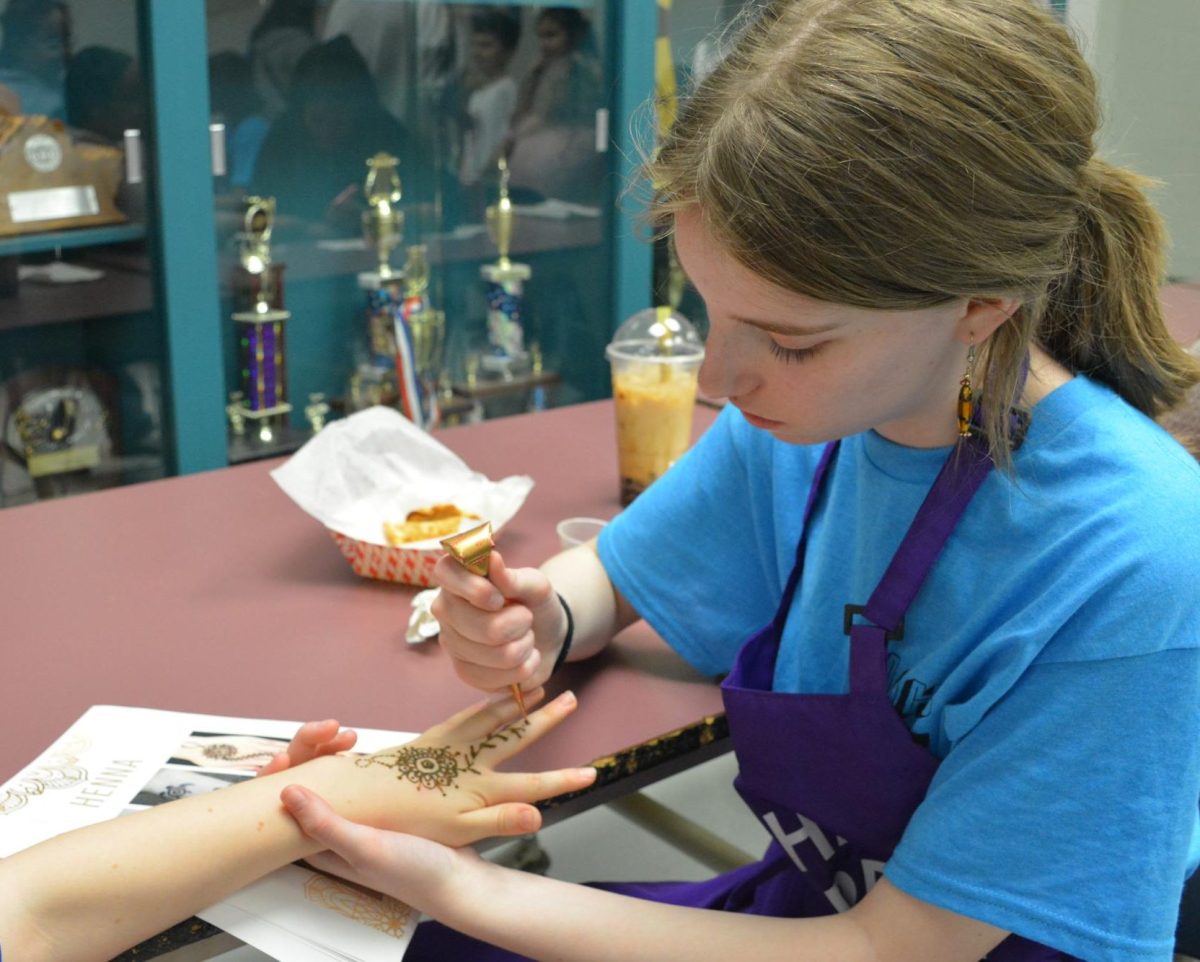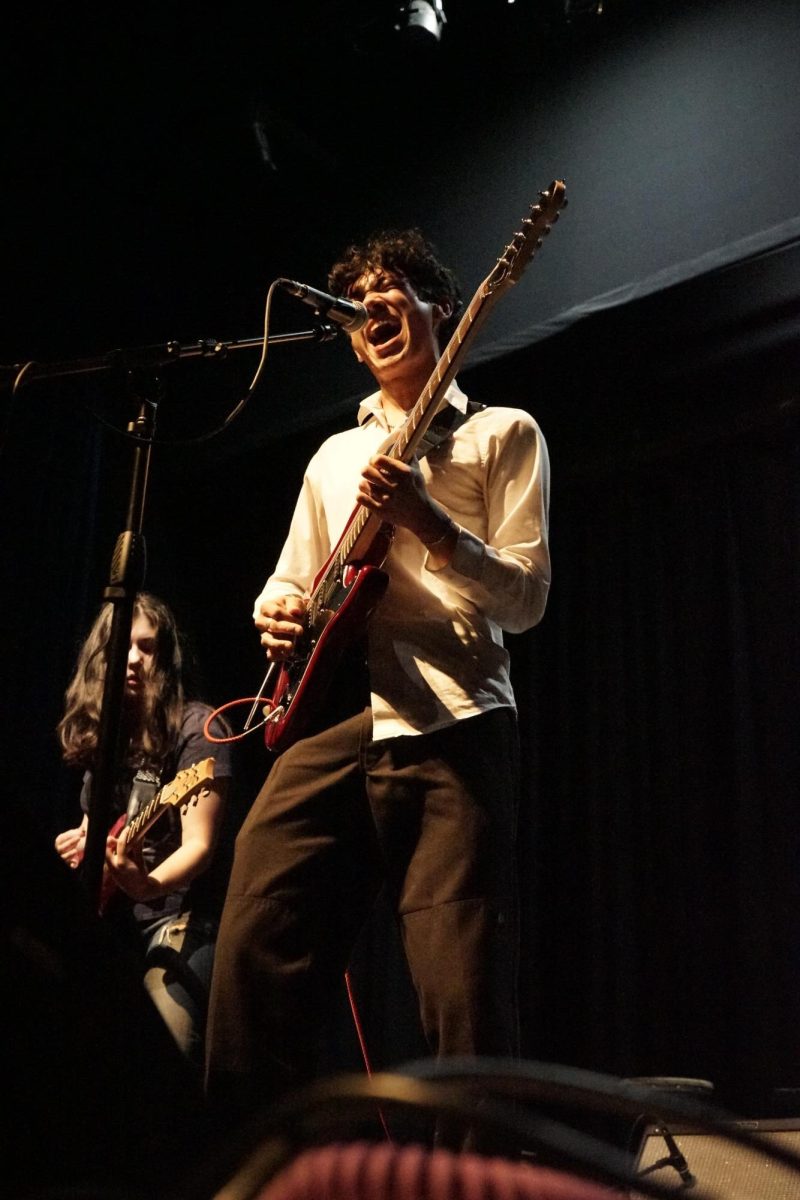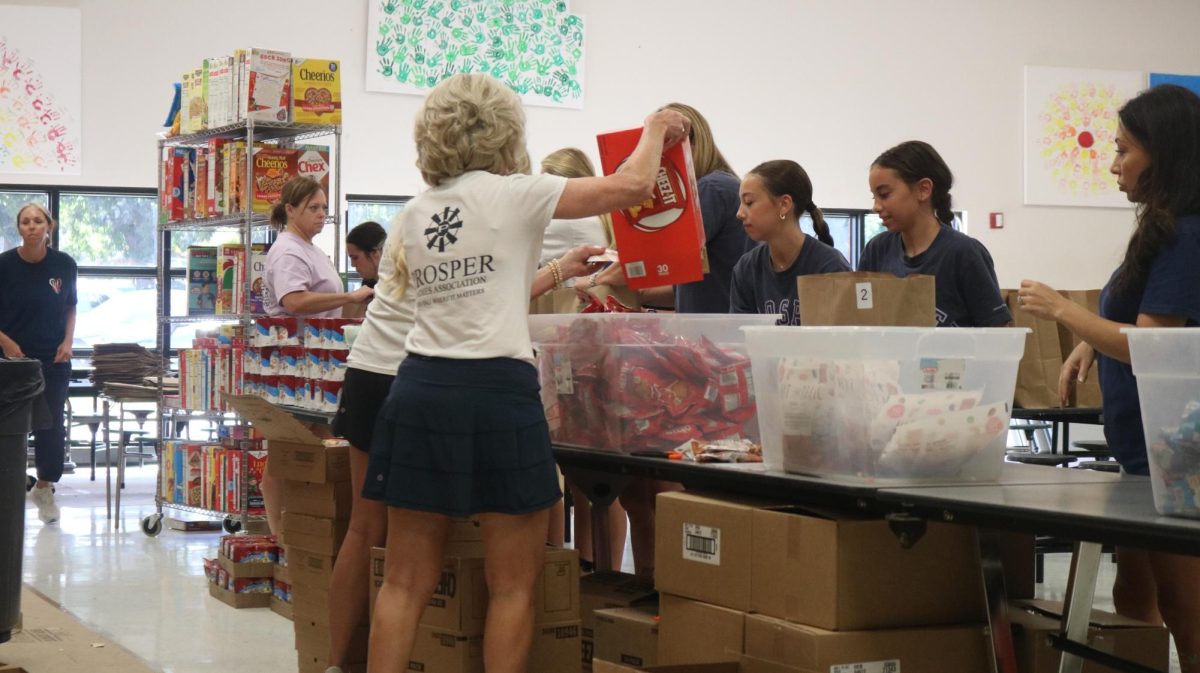San Francisco-based radio station KQED announced on Tuesday, July 15 that it will cut 15% of its workforce after losing $8 million in funding from the federal government, which amounts to 8% of its operating budget. The workforce cuts are KQED’s response to Executive Order 14290, which instructed the Corporation for Public Broadcasting to cut all funding to the Public Broadcasting Service and National Public Radio — which funds radio stations nationwide, including KQED — totaling to $1.1 billion over the next two years.
KQED has had a minimal effect on the federal budget — the $535 million appropriated per year is a mere 0.01% of the $6.75 trillion national budget. Even so, KQED Communications and External Affairs Director Peter Cavagnaro says that the station significantly enriched its surrounding communities, and he expresses his sadness about the cuts.
“Public television stations form part of the backbone of the public alert system and deliver important high-quality educational content for our youngest learners,” Cavagnaro said. “Those critical services will be jeopardized for some communities.”
Despite declining from 30.1 million weekly listeners nationwide in 2017, in 2022, NPR still had 23.5 million weekly listeners, a significant portion of whom will be affected by the cuts, particularly in rural areas without as consistent, robust community funding. KQED broadcasts to the Bay Area — from Napa to Scotts Valley — and its coverage includes a variety of stories on local history, news, recent scientific developments and national politics.
As part of their coverage, Cavagnaro says, NPR and KQED maintain a commitment to public service. Executive Order 14290 challenges CPB’s governing statute, stating that the corporation does not abide by its principle to not “contribute to or otherwise support any political party” and that it endorses NPR and PBS’s supposed partisan activities by funding them. However, Interdisciplinary Research and Project Design teacher and FUHSD science curriculum lead Kavita Gupta says NPR’s transparency around bias is one of her favorite parts of their reporting.
 “Nothing is unbiased, but at least they make their biases clear,” Gupta said. “When they bring on a speaker, they are very good about telling us that they have these affiliations, so they’re part of this. So then I can overlay my own critical lens to what they are presenting.”
“Nothing is unbiased, but at least they make their biases clear,” Gupta said. “When they bring on a speaker, they are very good about telling us that they have these affiliations, so they’re part of this. So then I can overlay my own critical lens to what they are presenting.”
Lynbrook High School English and Journalism teacher Josh Miller incorporates KQED podcasts into his American Literature curriculum — for example, he has used Bay Curious’ deep dives into local history to teach his students about topics like Japanese internment. He notes that radio stations like KQED play a special role in news media coverage, bridging the gap between local stations that focus only on news and national news outlets.
“Local news stations are going out and covering traffic accidents, craft fairs and things like that, and then national news are obviously covering things like national disasters and national politics,” Miller said. “But the thing I like about public radio and resources like it is they can cover those niche topics. They can get in there and review local restaurants, and take the time to get to know the chef and get to know the manager, and do a close, deeper study.”
Another key aspect of KQED and PBS that Miller appreciates is their free educational resources and the diversity of topics that they cover, providing youth in particular access to a wide range of content that Miller says he is personally inspired by. Many of these resources are hosted and accessed via the organizations’ websites, which, according to Cavagnaro, was such an investment that it is largely responsible for KQED’s board-approved $12 million deficit. Yet with federal funding cuts, KQED has been forced to not only scale back such efforts but also shut down programs including the Youth Takeover program, which fosters youth media literacy and involvement by coaching students to produce their own content for the radio.
In light of this, Miller places his faith in the public to keep NPR and PBS afloat until a sustainable balance can be reached. NPR, PBS and smaller stations including KQED have been explicitly relying on audience support as well, placing banners on their websites to encourage community donations. Gupta says that while she hopes the donations will keep NPR afloat following the funding cuts, she believes that youth should prioritize having enough critical thinking skills to navigate a rapidly-evolving media landscape of many perspectives, regardless of the specific coverage available.
“In everything there is give and take — whatever policy, whatever situation or challenge you will have,” Gupta said. “I just hope, as a consumer, that I will always have the luxury of hearing multiple perspectives, from NPR to Fox to CNN, and everything in between. This is what I hope for all my students, who are going to be future citizens — to have this complex, nuanced thinking where you don’t shut out something as good or bad. Listen to all sides, but process on your own through your own research and critical analysis.” 
Meanwhile, NPR continues to collaborate with multiple urban and rural radio stations in an ongoing lawsuit against the Trump administration. The administration maintains the position that while NPR is free to publish content of its choosing, the government should not directly fund politically biased content. However, NPR and its affiliates argue that the funding cuts are outside of Trump’s authority and violate NPR’s free speech rights by implicitly policing the perspectives NPR promotes.
“KQED, the system of public media stations and our national partners, NPR and PBS, will continue to advocate for federal funding in the years that follow,” Cavagnaro said. “Our public service mission transcends time and circumstance. It is our responsibility to keep our communities informed, connected and safe. We will find a path forward.”
This story was originally published on El Estoque on August 31, 2025.

